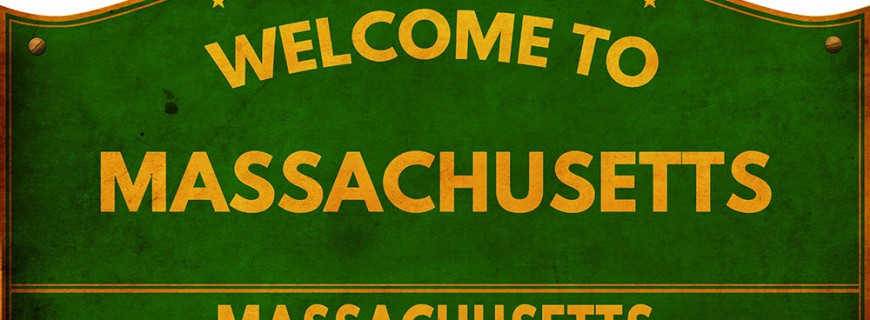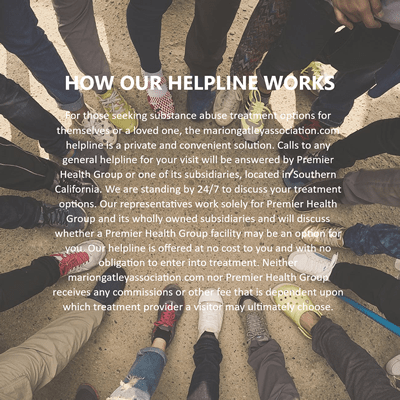The death rate for opioid overdose continued to rise last year as the rate of overdose rate increased sixteen percent in 2016, with the State Police being called to investigate 877 deaths. Authorities believe the increase may have been caused by an influx of fentanyl into the state.
Police believe that fentanyl use has risen as those addicted to heroin use the substance to attain an “extra boost” to the effects of heroin. In addition, particularly unscrupulous dealers might lace batches of heroin with fentanyl to boost the addictive effects of the substance. Furthermore, fentanyl, a synthetic opioid, is often available to traffickers and dealers for less money, meaning the cost of the supply drops, raising their profit margins.
Of those who died in 2016 of opioid overdose, the majority were men, with males comprising seventy-seven percent of the victims. Police say that the average age of the victims was thirty seven, and that over twenty percent of the fatalities investigated by the department last year were related to opioid overdose.
By contrast, in 2015 the Massachusetts State Police investigated 756 cases of death by opioid overdose.
It is important to note, however, that the annual statistics do not include the number deaths from the largest cities in Massachusetts. Furthermore, experts expect a more complete picture of the situation to emerge in March, when statistics on opioid-related fatalities from the final quarter of 2016 are released.
The state has already stated that during the first nine months of 2016, there were 1,005 deaths related to opioid abuse. In 2015, there were 1,574 confirmed deaths, and in 2014, there were 1,316.
The situation in Boston continues to be dire. In 2016, the state medical examiner was called to inspect 57 suspected overdose deaths. However, in 2015, that number was higher, with 68 calls being made. However, this decrease may not reflect the actual situation, given that the number of people transported to the hospital in cardiac arrest due to overdose will be taken into account for the final number.
While the rate of fatalities does remain staggering, there are other aspects of the situation to consider, as well. For example, there were more 2,700 instances when the victim of an overdose survived. Authorities say that naloxone, a medication which can reverse the effects of opioid overdose, can be credited with the high rate of survival. As the opioid addiction epidemic continues to plague the country, naloxone, once only carried by emergency medical response teams, has become increasingly common among many people in the state, including private citizens.
In addition to making naloxone more available to citizens, Massachusetts is also attempting to intercept drugs as they cross state lines. A special task force operates within the state, and also tracks the flow of money to cartels in the south.
If you or someone you care about is struggling with addiction, one of the drug rehab centers in the Intervention Association network can get you the care you need. Contact us today!



